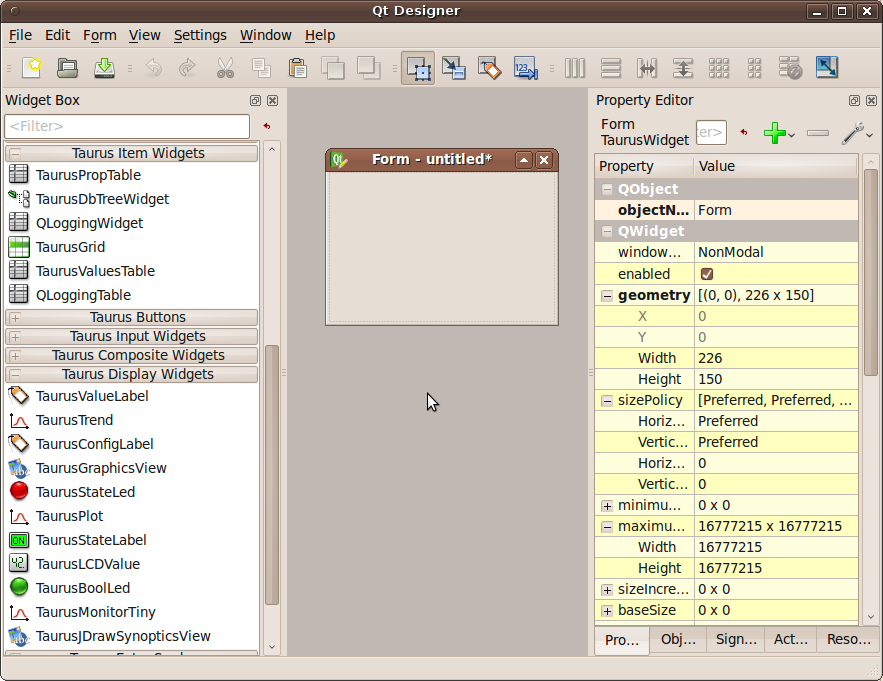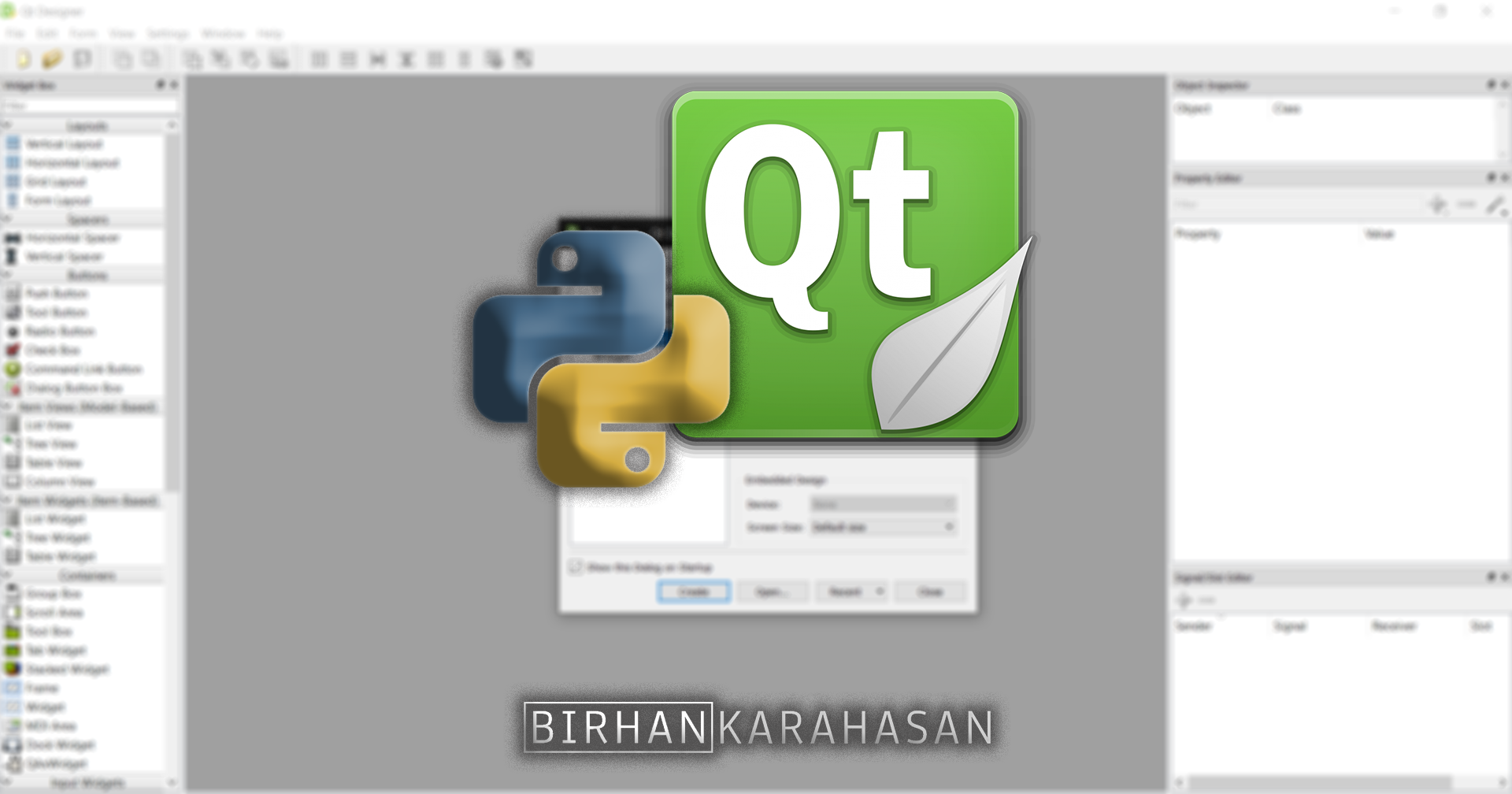


QT DESIGNER PYTHON CODE
# database creation code I have separately This is going to be the first post in a series showing how Im taking a Python script and turning it into a cross-platform, GUI program. With this tool, you create GUIs by dragging and dropping QWidget objects on an empty form. trend Qt Designer is a Qt tool that provides you with a what-you-see-is-what-you-get (WYSIWYG) user interface to create GUIs for your PyQt applications productively and efficiently. User_value = (user_login, user_email, user_phone)Ĭursor.execute("INSERT INTO users(Username, Email, PhoneNumber) VALUES (?,?,?)", user_value)į(registration) Qt Designer and Python: Build Your GUI Applications Faster. promote the widget, the latter is what I will show in this answer. Self.label_11.setText('erthtzrjnsymzgs') # this does not work Qt Designer does not show all the Qt widget, and often we want to add our own widget through Qt, for that there are at least 2 solutions, the first is to create a plugin and load it to Qt Designer, and the other is simpler. # form.label_11.setText('erthtzrjnsymzgs') PyQt is a set of Python bindings that allows developers to create highly customizable graphical user interfaces (GUIs) in Python. # so it works, but I want to understand - how can I create a class correctly I ask for help – tell me how can I create a class with what I have and change the elements?įrom PyQt5.QtWidgets import QApplication, QWidget, QMainWindowįorm, Window = uic.loadUiType('interface.ui') I am attaching the code, the ui file tooĬonverting to py file does not make sense in my case.
QT DESIGNER PYTHON HOW TO
But I don’t understand how to “reach out” to the element …. Now I want to create a class with layout change. I connected it – I did several manipulations through the Form class.


 0 kommentar(er)
0 kommentar(er)
